
Scientists Turn Lead Into Gold at the LHC – But There’s a Catch
Scientists Turn Lead Into Gold at the LHC – But There’s a Catch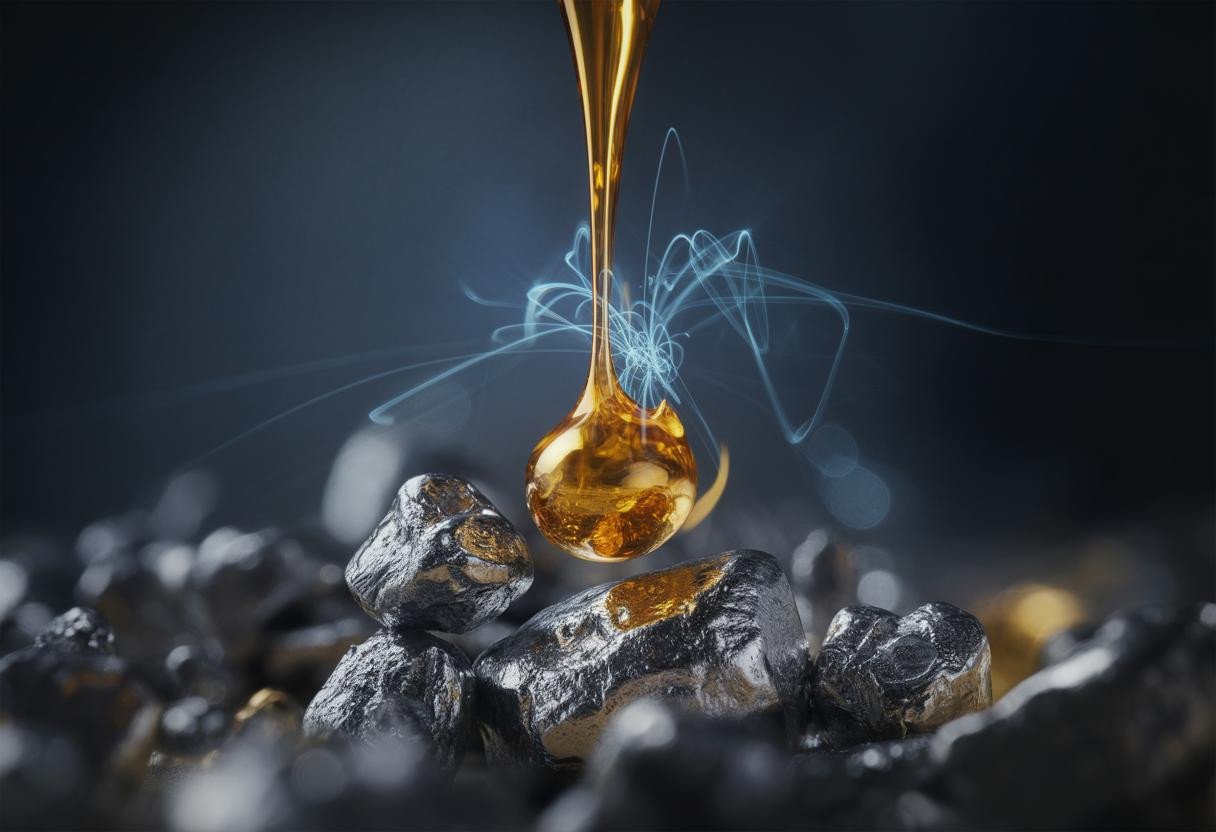
Researchers at Europe’s Large Hadron Collider (LHC) have made a groundbreaking discovery by successfully transforming lead into gold—at a rate of 89,000 atoms per second. While it sounds like a dream come true for ancient alchemists, there’s more to the story.
At the LHC, atoms are accelerated and smashed together at incredibly high speeds. In a recent experiment, scientists discovered that by stripping away three protons from a lead atom, they could create a gold atom. This transformation happens in a unique type of near-collision, rather than a direct impact.
The discovery was made by the ALICE collaboration, a team studying heavy-ion collisions. Instead of crashing lead atoms head-on, they observed what happens when the atoms narrowly miss each other. These close encounters generate intense electromagnetic fields, which can trigger the transformation of one element into another.
“It’s impressive that our detectors can handle both large collisions that produce thousands of particles and these more subtle interactions that yield only a few,” said Marco Van Leeuwen, spokesperson for the ALICE experiment.
How Much Gold Did They Make?
Between 2015 and 2018, the team produced about 86 billion gold atoms during one experimental run. Despite the impressive number, the total mass of the gold created was only about 29 picograms—less than a trillionth of a gram. To produce even the smallest piece of jewelry, you’d need billions of times more.
Although the LHC can now generate about 89,000 gold atoms every second, each atom is extremely short-lived, breaking down almost instantly. Even with recent upgrades nearly doubling the production rate, the process remains far from practical for any commercial use.
“This is the first time we’ve been able to clearly detect and study the creation of gold in this way at the LHC,” said Uliana Dmitrieva, a physicist on the ALICE team. “Thanks to ALICE’s unique Zero Degree Calorimeters (ZDCs), we were able to analyze gold production systematically for the first time.”
More Than Just Gold
While the experiment captured headlines for its alchemical twist, the real value lies in the physics. “These experiments help us better understand how particles behave,” explained team member John Jowett. “That’s critical for improving the performance of the LHC and for designing future particle accelerators.”
Jowett also noted that the results improve theoretical models of a phenomenon called electromagnetic dissociation. These models aren’t just scientifically interesting—they’re also key to managing beam losses, which are a major challenge in maintaining and upgrading particle colliders.
News in the same category


🐍 What to Do If You’re Bitten by a Snake — When Help Is Far Away
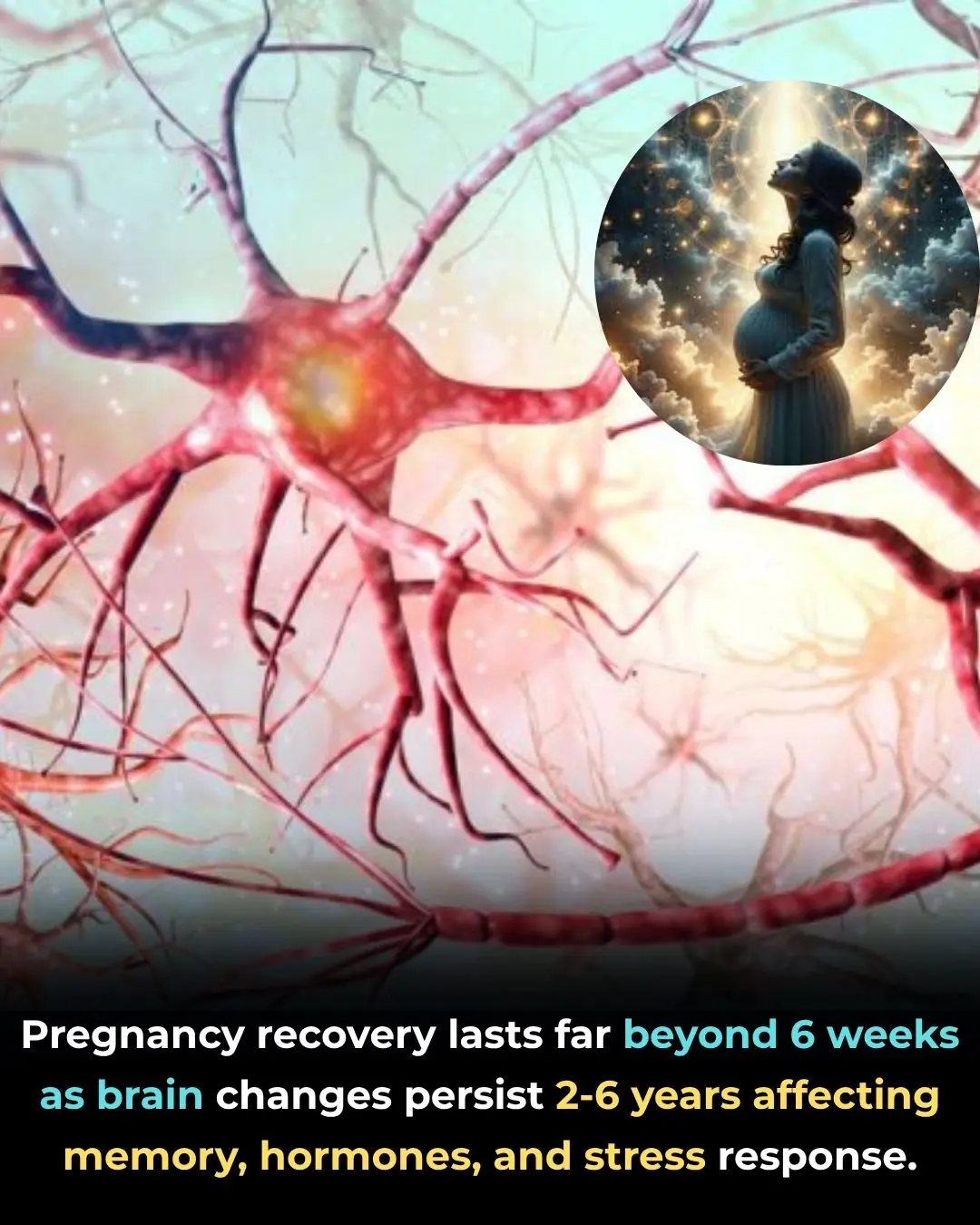
Motherhood Rewires the Brain: Why Postpartum Recovery Takes Years, Not Weeks

Eating More Than One Egg a Week May Slash Alzheimer’s Risk by 47%
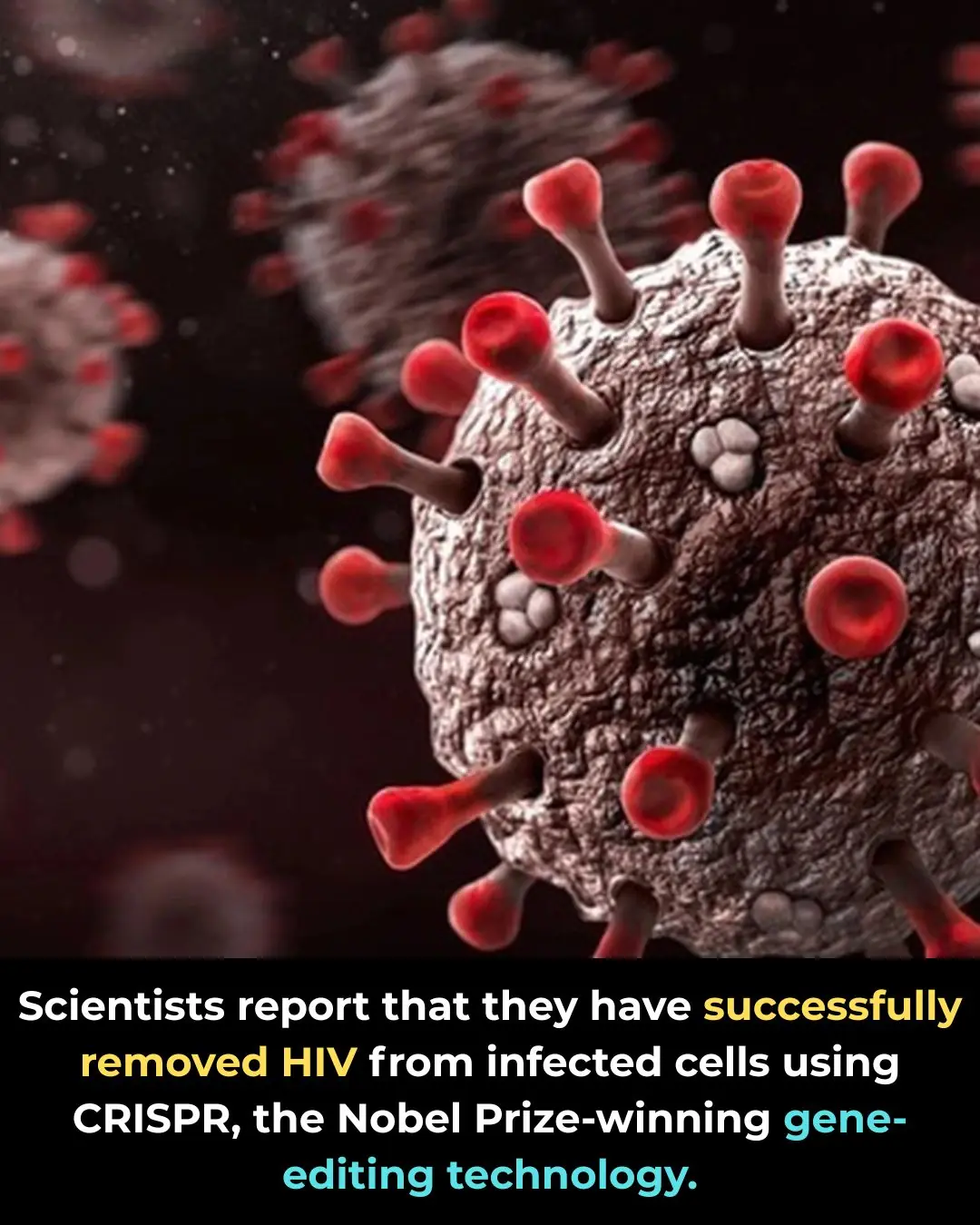
CRISPR Breakthrough Offers Hope for a Potential HIV Cure

Four Teens Risk Their Lives to Rescue Elderly Neighbor from Burning Home in Sapulpa

Sugar May Be a Bigger Threat to Heart Health Than Cholesterol, New Study Finds

Time Is an Illusion: Quantum Physics Suggests Every Moment Exists at Once

Beware of the Plastic Bottle Scam

Had no clue about this

For those who sleep with wet hair, you should know that…

Hidden Message Behind Finding a White Feather

Why We Can’t Sleep Without a Blanket Even on Hot Nights
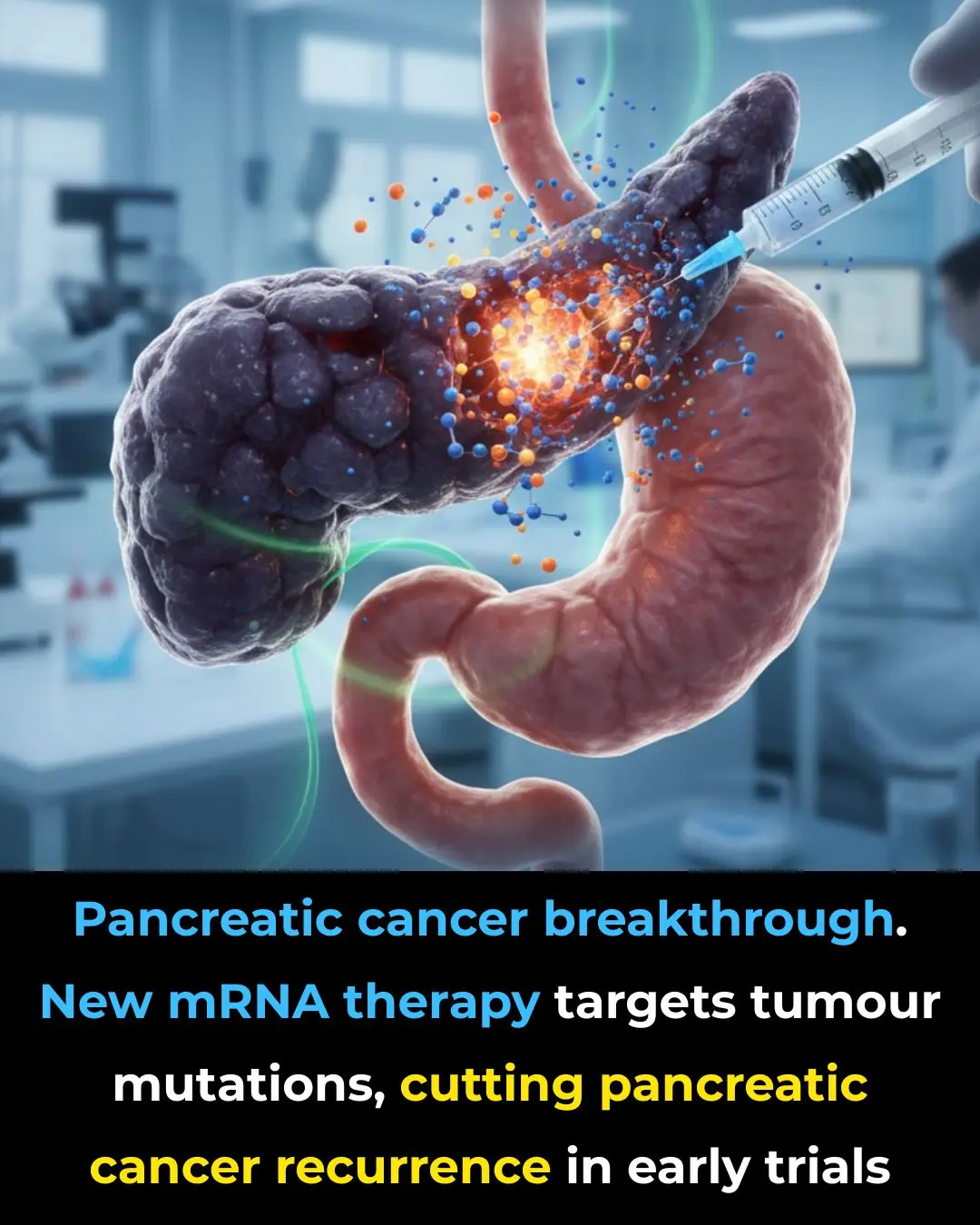
Revolutionary mRNA Therapy Shows Promise in Preventing Pancreatic Cancer Recurrence
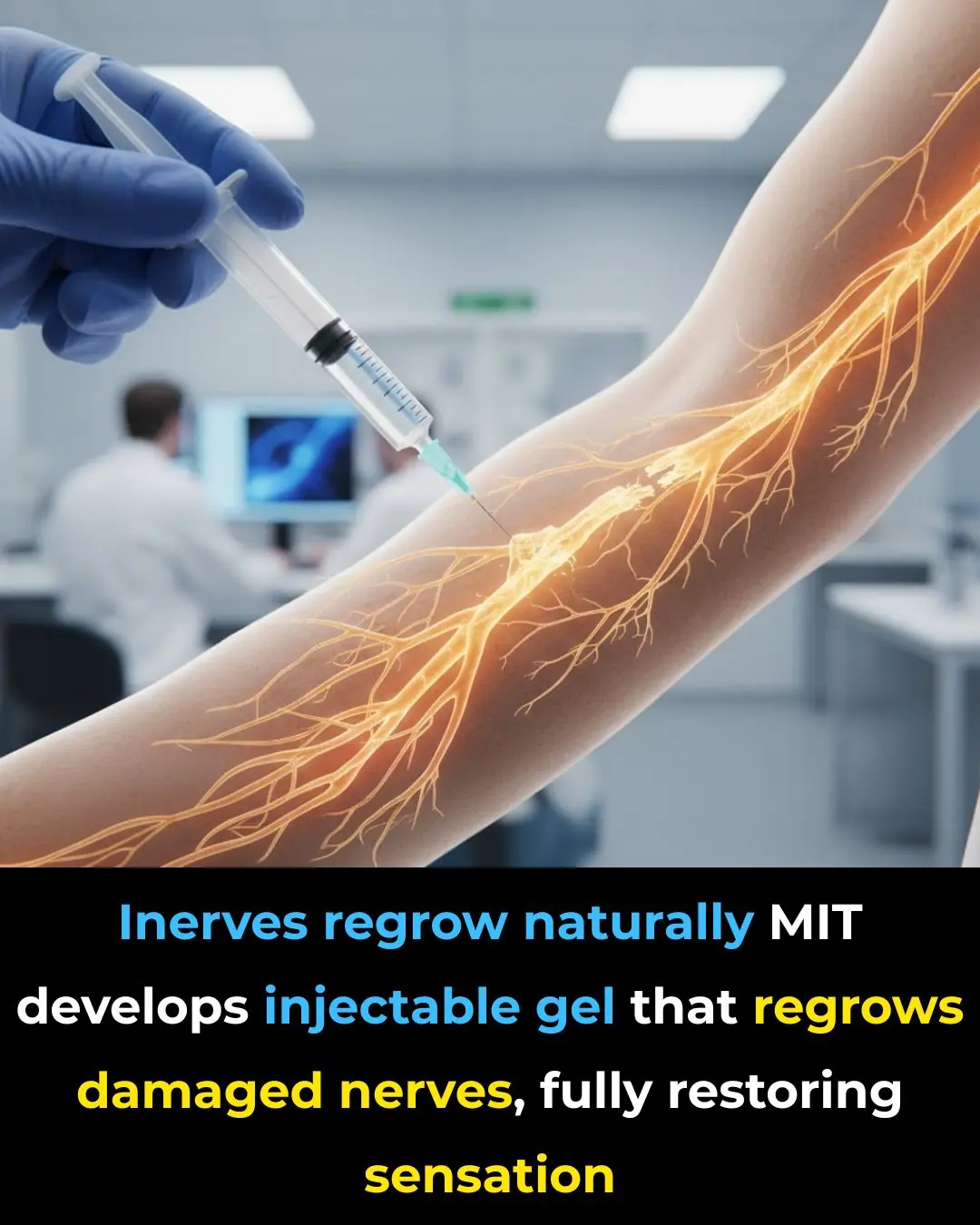
MIT Scientists Develop Injectable Gel That Can Fully Repair Nerves and Restore Sensation

A New Era of Computing: China’s Quantum Machine Surpasses the World’s Fastest Supercomputers
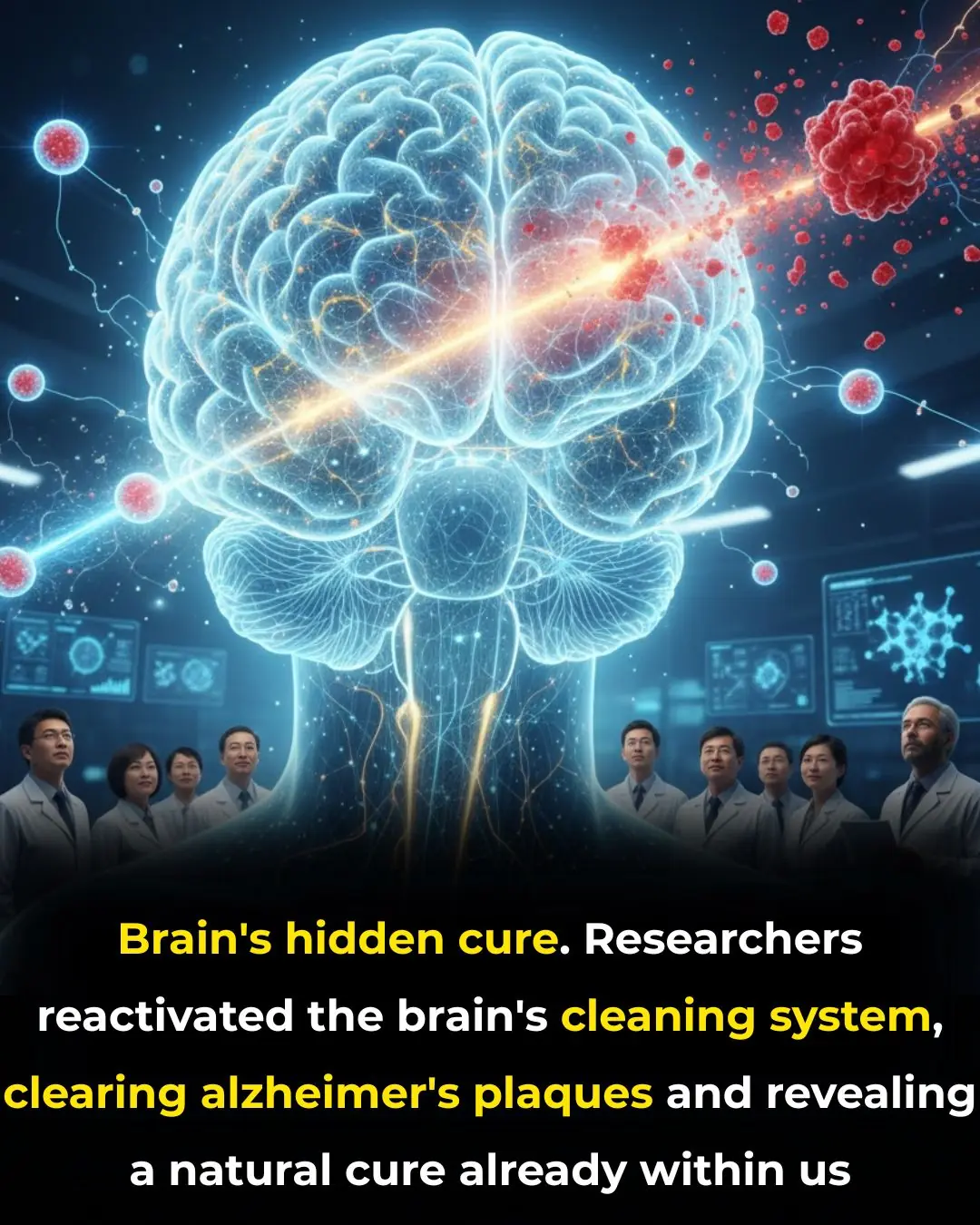
Reviving the Brain’s Waste-Clearing Pathways May Reverse Alzheimer’s Damage

New CRISPR Therapy Shows Promise in Removing HIV and Preventing Viral Rebound
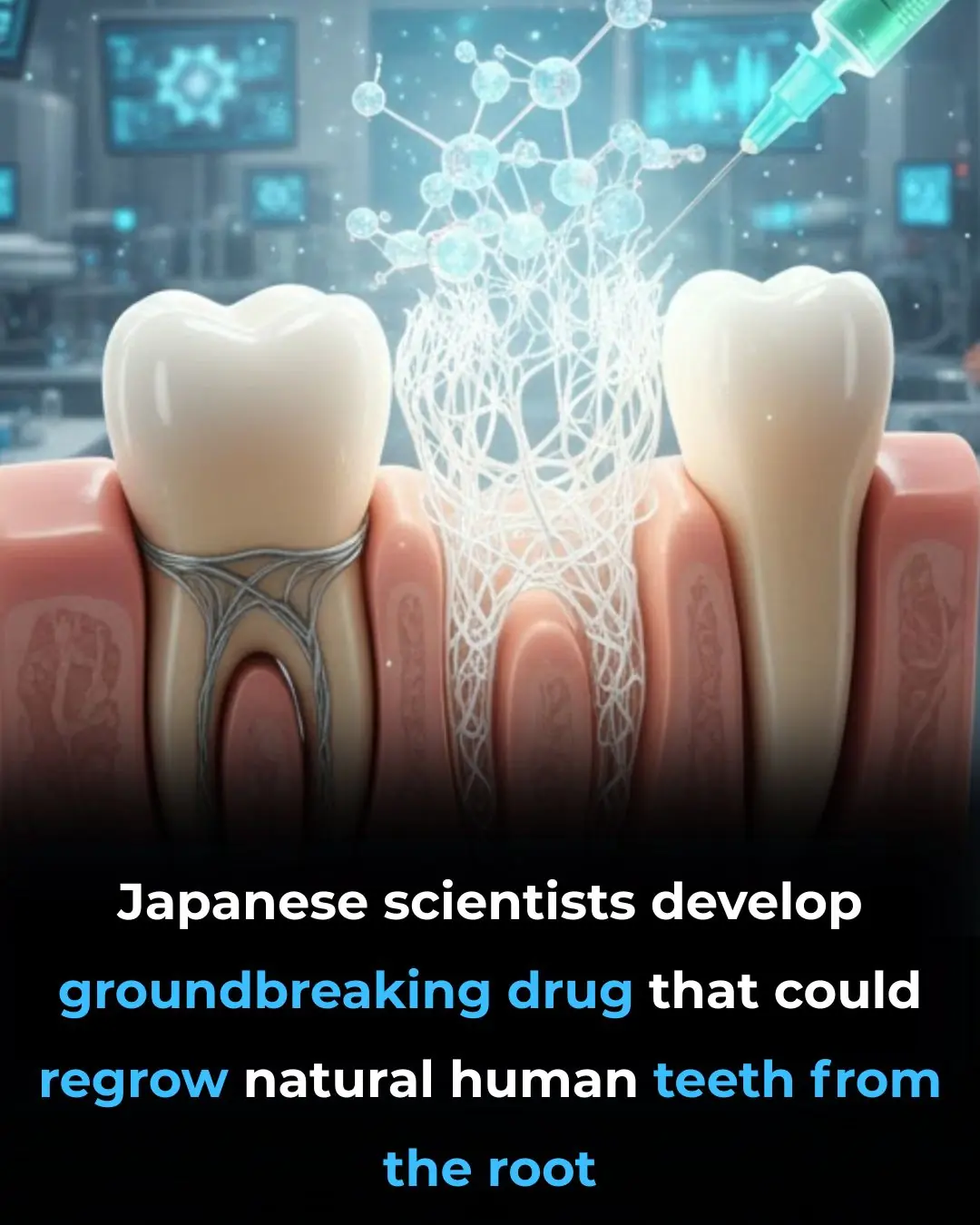
Japanese Scientists Develop Drug That Could Regrow Human Teeth

White House Gives Major Update On Donald Trump's
News Post

Spandau Ballet star Tony Hadley admits he’s watching ex-bandmate Martin Kemp on I’m A Celebrity amid long-running rift

Inside I’m A Celebrity star Angry Ginge’s relationship with his dad – ‘massive racist’; court battles; throwing a ‘brick through the window’

The Hidden Power of Common Blue Violet (Viola sororia) and Its Homemade Uses

Japan's Oldest Doctor: Can’t Sleep Through the Night? Use Garlic This Way for Deep Rest in 3 Nights

Glow From Within: Easy Morning Drink For Radiant Skin

People whose mouths feel dry when sleeping at night need to know these 8 reasons

3 Mineral Waters That Can Help Remove Aluminum From The Brain

Top Signs of Iron Deficiency and How To Increase Iron Levels In Your Blood

BBC Strictly's La Voix forced to pull out of Blackpool week after injury

Coronation Street couple split confirmed as heartbroken Carla tells Lisa 'it's over'

Coronation Street's Tina O'Brien reveals her father has died as she says 'my heart is very heavy'

Reimagining Mall Rooftops in the Philippines: Elevated Tents Offering Safety, Dignity, and a Breath of Calm

Coronation Street's Lucy Fallon shows off huge ring as she announces engagement

MAFS UK's 'strongest' couple split after romantic display at reunion

Inside Shona McGarty’s love life – from romance with two EastEnders co-stars to failed first engagement

I’m A Celebrity star Alex Scott on her ‘violent’ upbringing and impact on relationship with girlfriend Jess Glynne

I’m A Celeb 2025 star Aitch slammed as ‘disrespectful’ after exposing ex for soiling the bed

Riot Women ending: Kitty’s double prison twist as Sally Wainwright drama concludes series one on BBC One

Comedian Jeff Dye joins Hollywood exodus, says Newsom ‘scares the s–t out of me’
